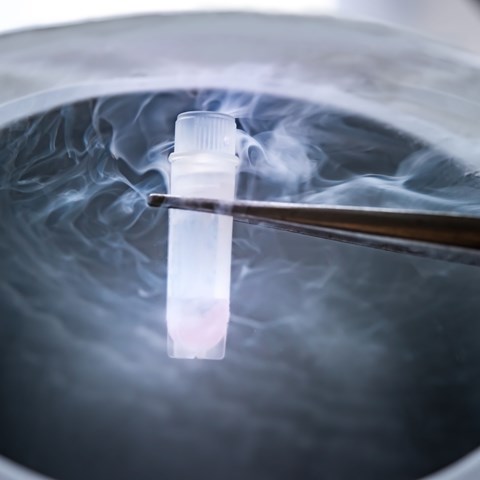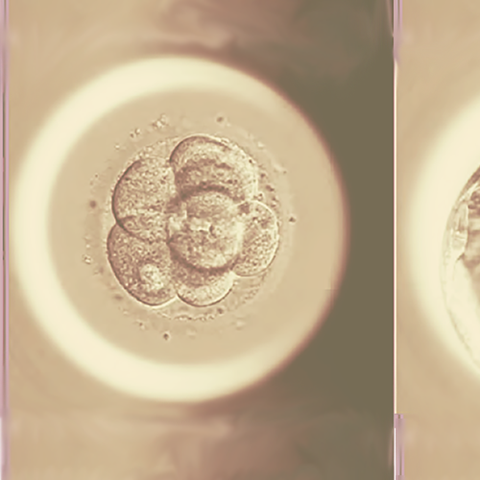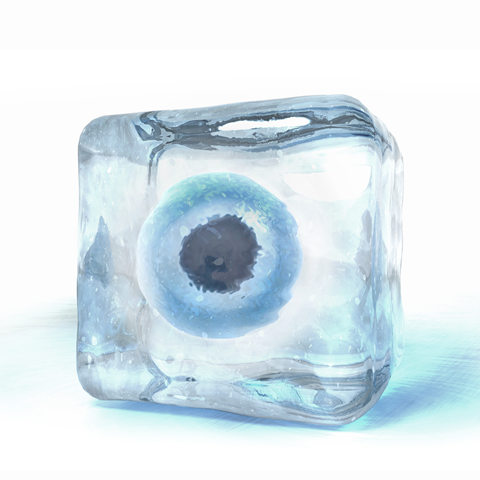Vitrification and the Demise of Fresh Treatment Cycles in ART
The world of assisted reproductive technology has undoubtedly been impacted thanks to the emergence of vitrification. This is evidenced by the rapid increase in the number of frozen embryo transfer (FET) cycles being carried out not just in the UK, but worldwide.
This review analyses the reasons behind this new trend as well as the current evidence that can help us predict the role FET cycles will play in the future. As always, concerns for patient safety have been a focal point in analysing the clinical application of vitrification. It is our hope that as we collect more evidence, the risk-benefit balance will become more clearly defined for each patient group; one of which being recipients of donor eggs, as some centres now find that the use of cryopreserved donor eggs outweighs the use of fresh oocytes. What's more, it has also been noted that the international transport of gametes and embryos has also been impacted by the efficiency of cryopreservation techniques, now increasing international access.
These significant changes that vitrification has created seem to verify predictions made by this journal's founding Editor, Bob Edwards. He claimed that embryo and cryopreservation would act as a way to solve many challenges that we have previously experienced in assisted reproductive technology.

Read More about Advancements in Eggs Freezing

London Egg Bank: 10 years of pioneering progress
Mapping the Surge in Egg Donation and Egg Freezing in the UK
For whom the egg thaws
This review analyses the motivations of London Egg Bank patients who returned to the clinic to thaw their eggs after previously freezing them, and what we can learn from the egg thawing process.
